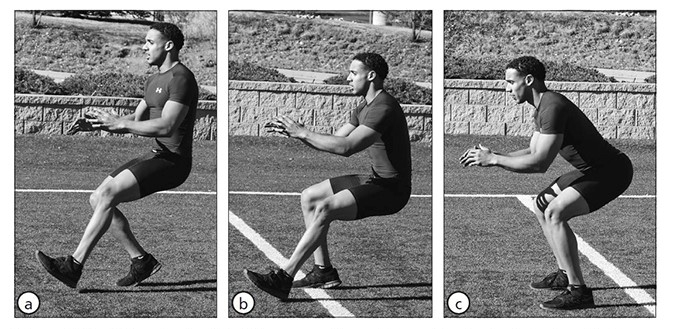Deceleration
Deceleration is a common element of speed and is a feature of match play (Bloomfield, 2007). The ability to decelerate and to tolerate rapid deceleration efforts is an important feature of a conditioning programme for multi-sprint sports (Lakomy & Haydon, 2004). Deceleration however, often gets neglected in training as it is just assumed a player can stop. Huge forces will be place on a player during rapid deceleration so it is vital that coaches train this element.
Acceleration and deceleration ability are also extremely important aspects of agility which will be discussed later. Deceleration requires the player to lean the body back or sit back to put their centre of mass behind them which will slow them down. The level of rearward lean depends on the speed the player was traveling. To decelerate effectively, the athlete must absorb force, primarily through flexion of the ankle, knee, and hip (Jeffreys, 2013). The arms are still opposing the movement of the lower body to control unwanted movement and balance. The picture below shows good deceleration positioning (Jeffreys 2013).

Figure 2.7 Athlete in the (a) initial rearward lean, (b) transitioning back to the athletic position, and (c) in a postdeceleration athletic position.